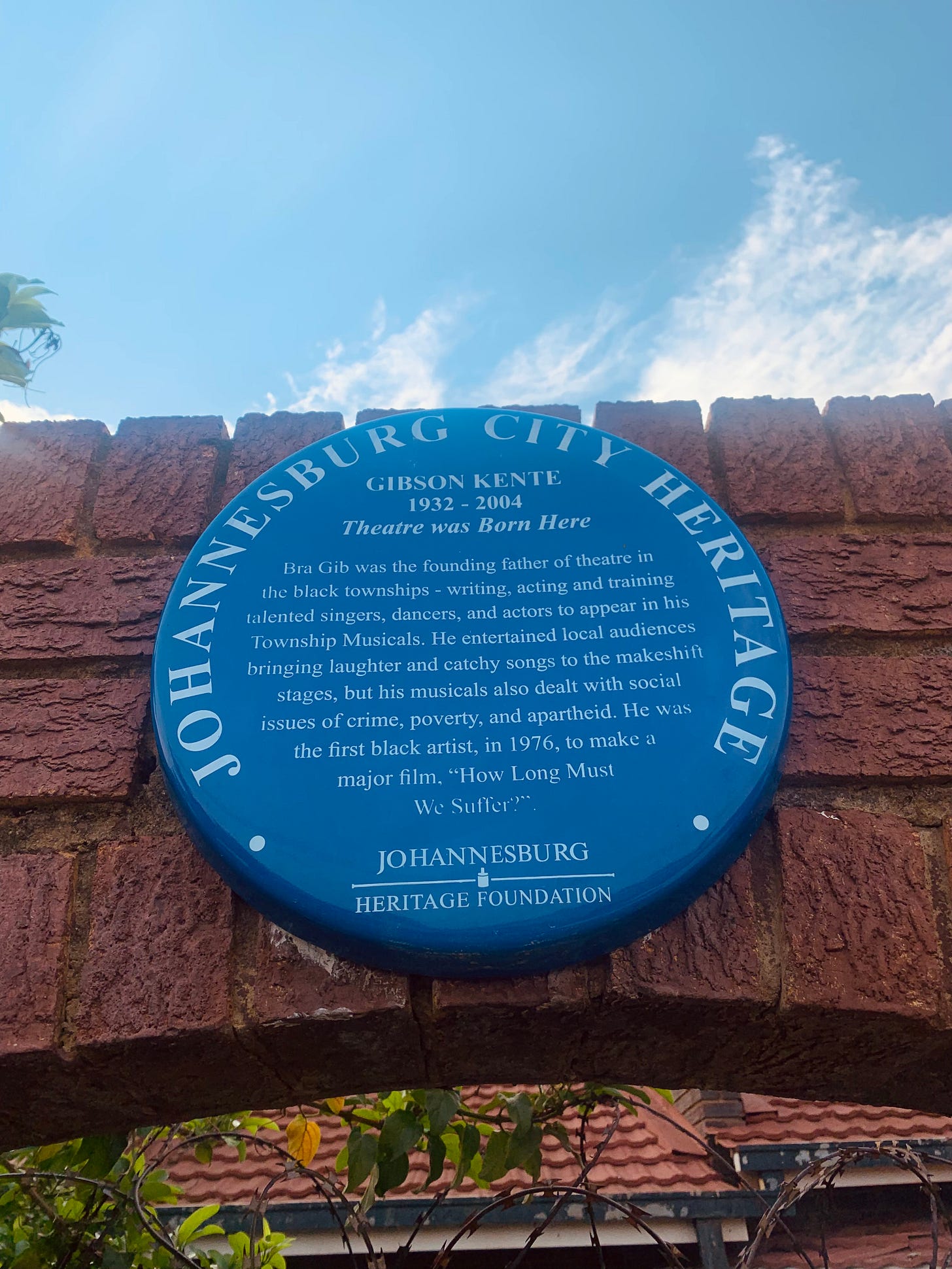In today’s generation the ability for artists at any level to showcase their creative efforts on the internet, specifically social media has drastically altered the creative industry. The barriers of entry that younger artists experienced 2 decades have been largely eradicated due to the platforms available today. And not only do these platforms create opportunities, but they also enable a substantial rate of growth. Tyla, the Amapiano South African artist’s recent grammy award win is a case in point. An artist taking advantage of the zeitgeist in terms of social media and the global frenzy of the local genre to make history on the world stage.
However, what these platforms further contribute to, which young artist rarely consider, is an archival base of one’s journey and creative contributions. These processes are documented in real time, and we are witnessing the rise of some of the greatest artists this country and the continent has ever witness. However, unlike our forebears who paved the way for us artistically but when one researches their contribution to the industry the information available is so scarce; the generations that comes after us will know of our contributions because of platforms kike the internet. Gibson Kente, the father of African theatre, contributed to the careers of so many local veterans in Sello Maake Ka Ncube, Darlington Micheals along with Somizi Mhlongo and both his parents Mary Twala and Ndaba Mhlongo. He is said to have written 23 musicals and the manuscripts of most of these pieces were lost in a fire in the 80’when Black Consciousness Movement members burnt the garage where he did most of his work because they said his work was not political enough for their liking. Imagine not being able to access the work of a progenitor who contributed to the culture of South African theatre as we know it. This in today’s context is the equivalent of a laptop that has all your work, crashing, or losing a hard drive– absolutely heart-wrenching. Thus, the importance of backing up one’s work in more ways than one is of vital importance for the preservation one's legacy.
So, you have two different artists, the one who shares their work and documents their process on the internet even though it may not be the best due to the lack of resources or experience and the one who rarely ever shares or constantly deletes their work because it’s embarrassing, or imposter syndrome gets a hold of them. This is just to encourage people not to fear humble beginnings. As you continue to document your processes and consistently make your art, you hone your craft and will slowly notice your work getting better. If it weren’t for the work that Coodie and Chike did by capturing the early stages of Kanye Wests career they wouldn’t have received the $30 million from the Netflix purchase for the Jeen-Yhus documentary, enough money to change anyone’s life. Can you imagine if popular rapper, Cassper Nyovest documented his process and journey while on the come up after dropping out of school at the age of 16 to his success with the #FILLUPTHEDOME concerts. How sweeter would his success story be? Again, I say, do not fear humble beginnings.
When the artist creates as form of documenting their process, they make a claim to history that they were here. It’s a pivotal part of the creative process requiring a great deal of foresight and faith because things won’t be always the way they are. If it weren’t for the work of the writers and photographers like Henry Nxumalo, Eskia Mphahlele, Can Themba, and Alf Khumalo of drum magazine, whose work shed a light on black urban township spaces; we may never have known of places like Sophiatown. All we would know is Triomf, the Afrikaans word meaning Triumph which is what the apartheid government named the place after dispossessing the African people of their homes through forced removals in the 1960’s after the promulgation of the Group Areas Act. If it weren’t for these artists, you probably would not be seeing Sophiatown, the theatre play by the Junction Avenue Theatre Company showcasing at the Market Theatre this month. If it weren’t for the Drum writers and photographers Naledi Bogacwi’s film set to premiere in 2024 about the banning of artistic works and publications under the Apartheid government, which she probably spent years of research on and a great deal of the budget to gain access to the archival footage and information of the time would not feature drum magazine. This one example is a microcosm of the greater value and importance of documenting, writing and archiving because history is a single moment that repeats itself over and over again. So, when you create, understand that you’re making history. When you take a photograph or choreograph a piece, you make time stand still. And when you share that work and tell your story, you make a claim to posterity that you too were here.
Discussion about this post
No posts





I’ll never forget the conversation we had. You said some very empowering things, thing we should all not take lightly. This is a great article by the way✨